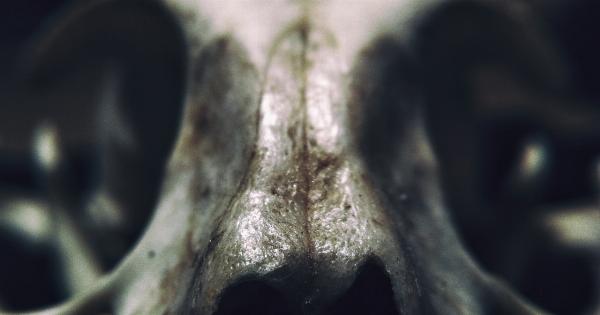Sexual attraction is a complex and multifaceted phenomenon that plays a crucial role in human relationships and reproduction. It is influenced by a combination of genetic, environmental, and hormonal factors.
In this article, we will delve into the biology of sexual attraction, exploring the scientific research behind this intriguing aspect of human nature.
1. Evolutionary Significance
Sexual attraction is deeply rooted in our evolutionary history. The primary goal of sexual attraction is reproduction, as it ensures the survival of our species.
Evolutionary theory suggests that individuals are drawn to certain physical and behavioral characteristics that signify fertility, health, and genetic fitness.
2. Facial Symmetry
One of the key factors that contribute to sexual attraction is facial symmetry. Numerous studies have shown that individuals with more symmetrical faces are perceived as more attractive.
Facial symmetry is believed to indicate good health and development, as it suggests the absence of genetic and environmental disturbances during growth.
3. Body Shape
Body shape is another important aspect of sexual attraction. Men with an “hourglass” figure and women with a waist-to-hip ratio of around 0.7 are typically considered more attractive.
This preference is thought to be rooted in evolutionary biology, as it suggests good health, fertility, and reproductive potential.
4. Scent and Pheromones
Scent also plays a significant role in sexual attraction. Humans release pheromones, chemical substances that can influence the behavior of others. Certain scents are believed to be associated with attractiveness and can elicit a sexual response.
Research has shown that women, in particular, are more sensitive to male pheromones during ovulation, indicating a link between scent and fertility.
5. Voice Pitch
When it comes to vocal attraction, voice pitch plays a crucial role. Studies have found that men with deeper voices and women with higher-pitched voices tend to be perceived as more attractive by the opposite sex.
Voice pitch is believed to be a reflection of hormone levels, with deeper voices associated with higher testosterone levels in men and higher-pitched voices associated with higher estrogen levels in women.
6. Genetic Compatibility
Genetic compatibility is an essential aspect of sexual attraction. Research suggests that individuals are drawn to those with dissimilar genetic profiles, as this increases the genetic diversity of their offspring.
The major histocompatibility complex (MHC) genes, which play a role in immune response, are known to influence mate choice and sexual attraction.
7. Cognitive Factors
Although genetics and physical characteristics play a significant role in sexual attraction, cognitive factors cannot be overlooked. Personal interests, hobbies, intelligence, and sense of humor also contribute to overall attractiveness.
These subjective factors vary among individuals as personal preferences shape the way we perceive others.
8. Hormonal Influences
Hormones have a profound effect on sexual attraction. Testosterone is often associated with increased attraction, as it influences physical features such as facial hair and muscle mass.
In women, estrogen levels fluctuate throughout the menstrual cycle, affecting their perception of attractiveness and preference for certain traits.
9. Cultural Influences
Sexual attraction is also influenced by cultural factors, such as societal norms, media portrayals, and beauty standards. While certain preferences may have evolutionary roots, cultural influences can shape our perceptions of attractiveness.
These influences can vary across different cultures and change over time.
10. Individual Variability
It is essential to recognize that sexual attraction is highly subjective and can vary significantly from person to person. Each individual has unique preferences, influenced by a combination of genetic, environmental, and personal factors.
What one person finds attractive may not be the same for others.
Conclusion
In conclusion, sexual attraction is a complex phenomenon influenced by various biological, genetic, and environmental factors.
Evolutionary biology provides insights into the mechanisms underlying sexual attraction, highlighting the importance of traits that are associated with fertility, health, and genetic fitness. However, individual preferences, cultural influences, and cognitive factors also play significant roles in shaping our perception of attractiveness.






























